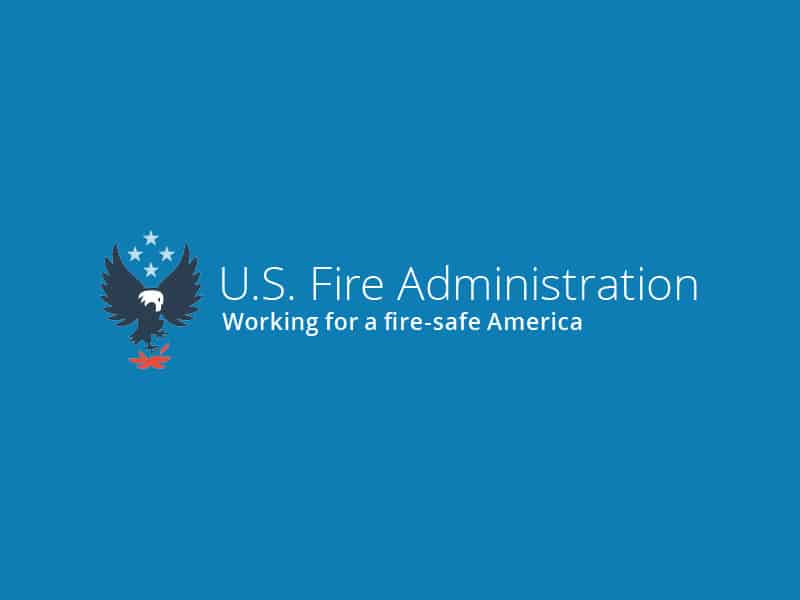
The U.S. Fire Administration (USFA) plays a pivotal role in promoting and enhancing fire safety across the United States. Their certification programs are designed to ensure that professionals in the field of firefighting, emergency management, and fire prevention possess the necessary skills and knowledge to effectively respond to and prevent fires. This article delves into the significance of USFA certification, its benefits, and its impact on fire safety and preparedness.
Understanding U.S. Fire Administration Certification
The U.S. Fire Administration, an entity under the Federal Emergency Management Agency (FEMA), is committed to reducing the loss of life and property due to fire-related incidents. One of the ways they achieve this is through their certification programs. USFA certifications validate the competencies and qualifications of individuals involved in various aspects of fire management.
Types of USFA Certifications
The USFA offers a range of certifications, each tailored to specific roles within the fire service. Some notable certifications include:
- Firefighter I and II Certification: Certifies the foundational skills and knowledge necessary for firefighters.
- Fire Officer Certification: Focuses on leadership and management skills for fire officers.
- Fire Inspector and Investigator Certification: Validates the expertise in inspecting and investigating fire-related incidents.
- Emergency Medical Services (EMS) Certification: Ensures proficiency in providing emergency medical services during fire emergencies.
- Hazardous Materials (HazMat) Certification: Certifies competency in handling hazardous materials incidents.
Benefits of USFA Certification
a. Enhanced Professionalism
USFA certification elevates the professionalism of individuals within the fire service, showcasing their dedication to upholding high standards and contributing to a safer community.
b. Competency Assurance
The certification process assesses and ensures that individuals possess the necessary skills, knowledge, and competencies required for their specific roles, enhancing their ability to respond effectively to fire-related incidents.
c. Career Advancement
Holding a USFA certification opens doors to better career opportunities and advancement within the fire service, providing a clear pathway for professional growth.
d. Standardization
The certification process establishes a standardized set of skills and knowledge across the industry, fostering consistency and reliability in fire safety practices nationwide.
e. Public Trust
The public and stakeholders place greater trust in certified professionals, knowing they have undergone rigorous training and assessment to handle fire emergencies competently.
Impact on Fire Safety and Preparedness
a. Reduced Response Time
Certified professionals are trained to act swiftly and efficiently during fire emergencies, significantly reducing response time and minimizing potential damage.
b. Improved Incident Management
USFA certification equips individuals with the skills needed to manage fire-related incidents effectively, ensuring a coordinated and organized response to emergencies.
c. Community Outreach and Education
Certified professionals often engage in community outreach programs, educating the public on fire safety measures and prevention strategies, thereby reducing the risk of fires.
d. Enhanced Risk Assessment and Mitigation
Certification programs emphasize risk assessment and mitigation, enabling professionals to identify potential hazards and implement proactive measures to minimize fire risks.
Conclusion
The U.S. Fire Administration’s certification programs are instrumental in fostering a culture of excellence and professionalism within the fire service. By ensuring that individuals possess the necessary skills and knowledge to respond to fire emergencies effectively, USFA certifications play a crucial role in enhancing fire safety and preparedness across the nation. As professionals continue to strive for excellence through certification, the community at large benefits from a safer and more resilient environment.



